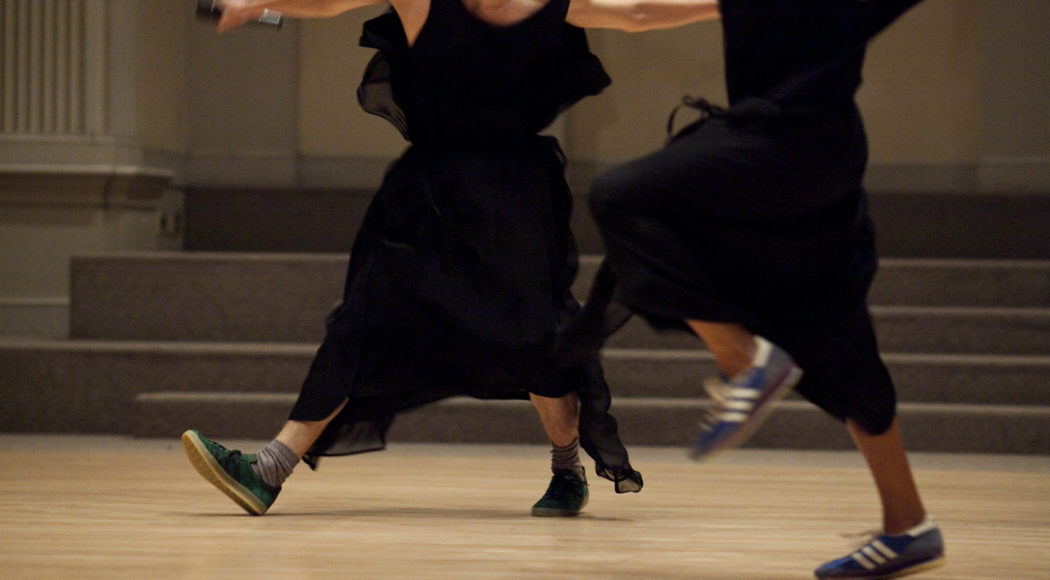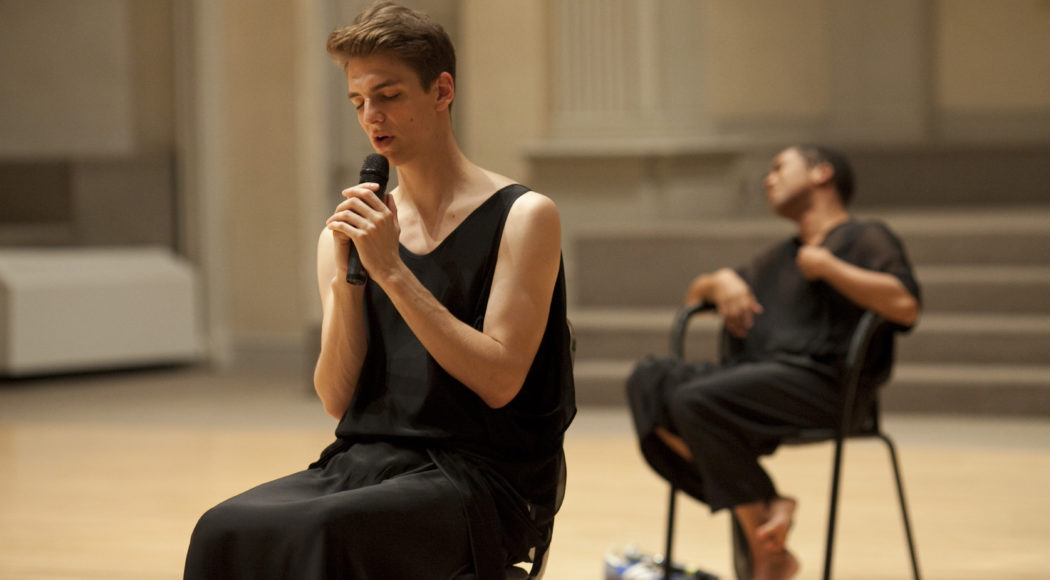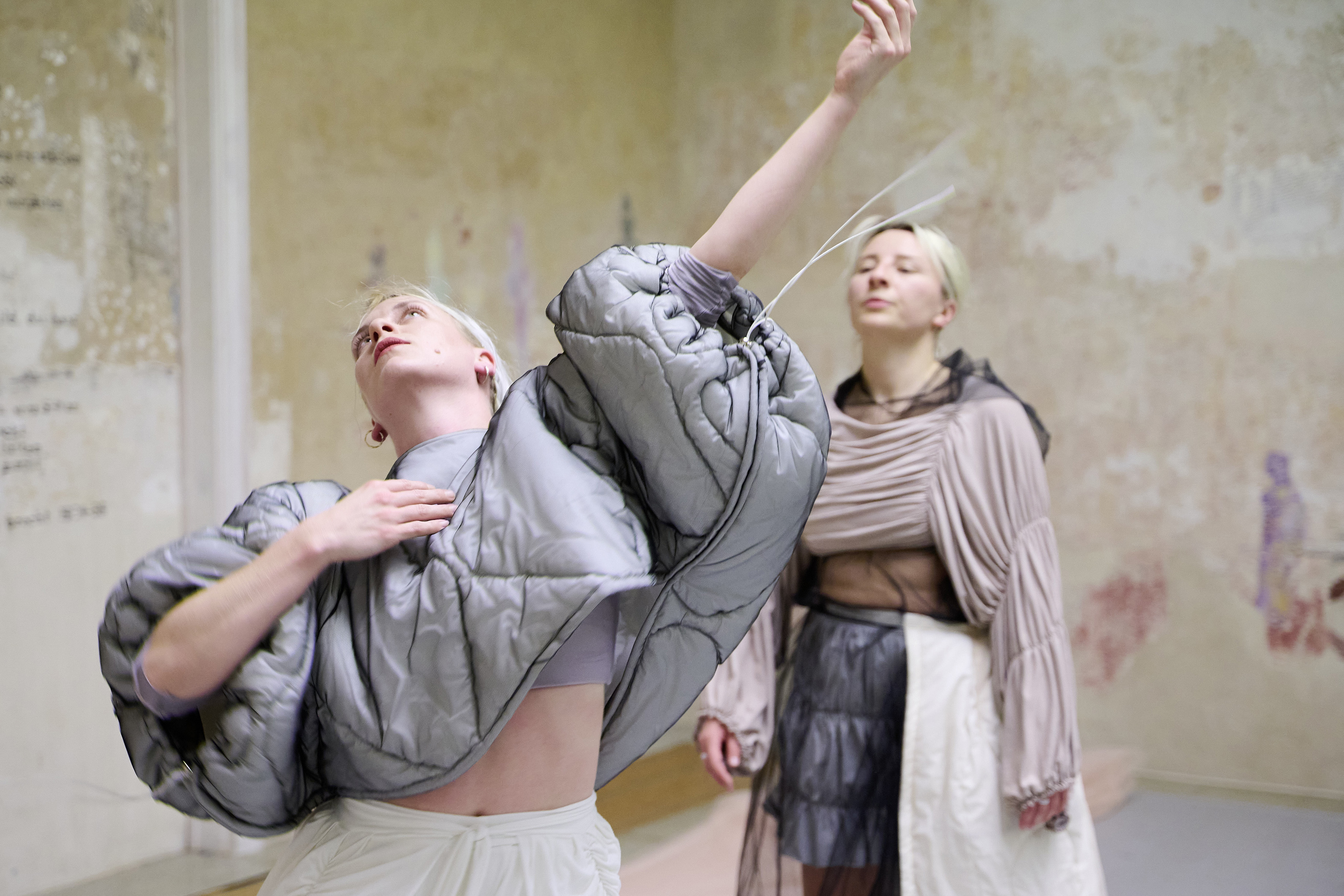Judson Church Is Ringing in Harlem (Made-to-Measure)
Trajal Harrell (US)
Judson Church is Ringing in Harlem (Made to Measure)/Twenty Looks or Paris Burning at The Judson Church (M2M)
Expressive dance meets catwalk and political speech: With “Judson Church is Ringing in Harlem (Made to Measure)”, Harrell creates a full-length work for three dancers that deals with the extravagance and performativity of voguing (dance style based on the poses of models). By combining these contrasting styles, Harrell repositions the influence of jazz, funk and rhythm and blues on improvisation in early postmodern dance. In the spotlight is the Antigone of Sophocles, in a completely new, incredibly modern form. “Judson Church is Ringing in Harlem” is part of the series “Twenty Looks or Paris is Burning at The Judson Church” and was awarded a Bessie-Award.
New York choreographer Trajal Harrell was born in 1973 in Georgia, USA. He studied at Yale University, the Centre National de la Danse in Paris and the Martha Graham School of Contemporary Dance in New York. His works have been shown at MoMA (New York), the Barbican Centre (London) and the Stedelijk Museum (Amsterdam). Harrell now lives and works in New York and Athens.
The question „What would have happened if one of the early postmoderns from Judson church had gone uptown to perform in the voguing ballroom scene in Harlem?“ is the central inspiration for this piece, yet Harrell is fully aware that this encounter between Harlem’s ballrooms and the villages’s community of post-modern choreographers never happened for various concrete reasons. His work is about artificially creating the place and time for this encounter, which reality denied, thus revealing the possibilities of such an unlikely union.
Voguing, and its protagonists lacked the socio-cultural standing to (for posterity) be more than an (albeit important) contribution to pop culture, whereas post-modern choreographers were destined to enter the dance hall of fame. This is painfully evident in the tragic fate of some of the Paris is Burning protagonists who didn’t have the luck to ‘make it on the big screen’ but instead ended up dead, shunned by a hostile society. What voguing did accomplish though was that it allowed its dancers to leave the roles assigned to them by society on the clothes hanger along with the humiliations and discriminations that come along with them.
Marlene Schock, Theaterkritik Berlin








